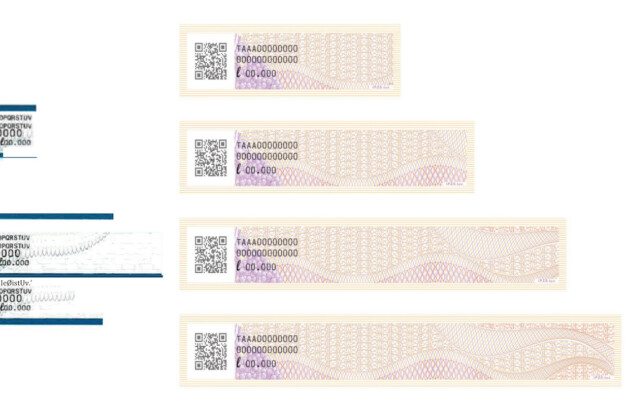It is not mandatory and therefore on request, but some have already moved to have it. The identity document is coming for IGT wine as well (there are a total of 118 IGTs in Italy, ed.): starting this week, in fact, the Istituto Poligrafico e Zecca dello Stato, will produce state bands for Geographical Indications as well.
A few months ago, a decree amending one from 2020 acted to implement an aspect that had long been provided for in the Testo Unico del Vino, that of traceability even for IGT wines (which are worth more or less a third of Italian production), somewhat defeating its spirit, according to some, in this area. But finding, however, also favorable voices that stress on the importance of product traceability, an aspect that has a certain weight in the market and also in consumer choices.
The first consortium to adopt them is that of Sannio with the Benevento Igt, which “marries” the State bands to safeguard its specificity, protect its excellence and guarantee to its consumers the traceability of every single bottle. Designed by the Istituto Poligrafico e Zecca dello Stato, the new mark will be delivered in an initial batch of 4 million bands but more will follow.
Equipped with increasingly sophisticated anti-counterfeiting technology, each of the new bands will be equipped with a QR code that, by scanning from their smartphones, will allow consumers direct access to the digital product passport where there is all the information about the supply chain of the individual bottle, as well as tips and trivia, with recommended pairings to make the most of the product.
A novelty that will also involve Igt Emilia, including Lambrusco Igt, with bottles ready to adopt the State bands.
Copyright © 2000/2026
Contatti: info@winenews.it
Seguici anche su Twitter: @WineNewsIt
Seguici anche su Facebook: @winenewsit
Questo articolo è tratto dall'archivio di WineNews - Tutti i diritti riservati - Copyright © 2000/2026









































































































































































































